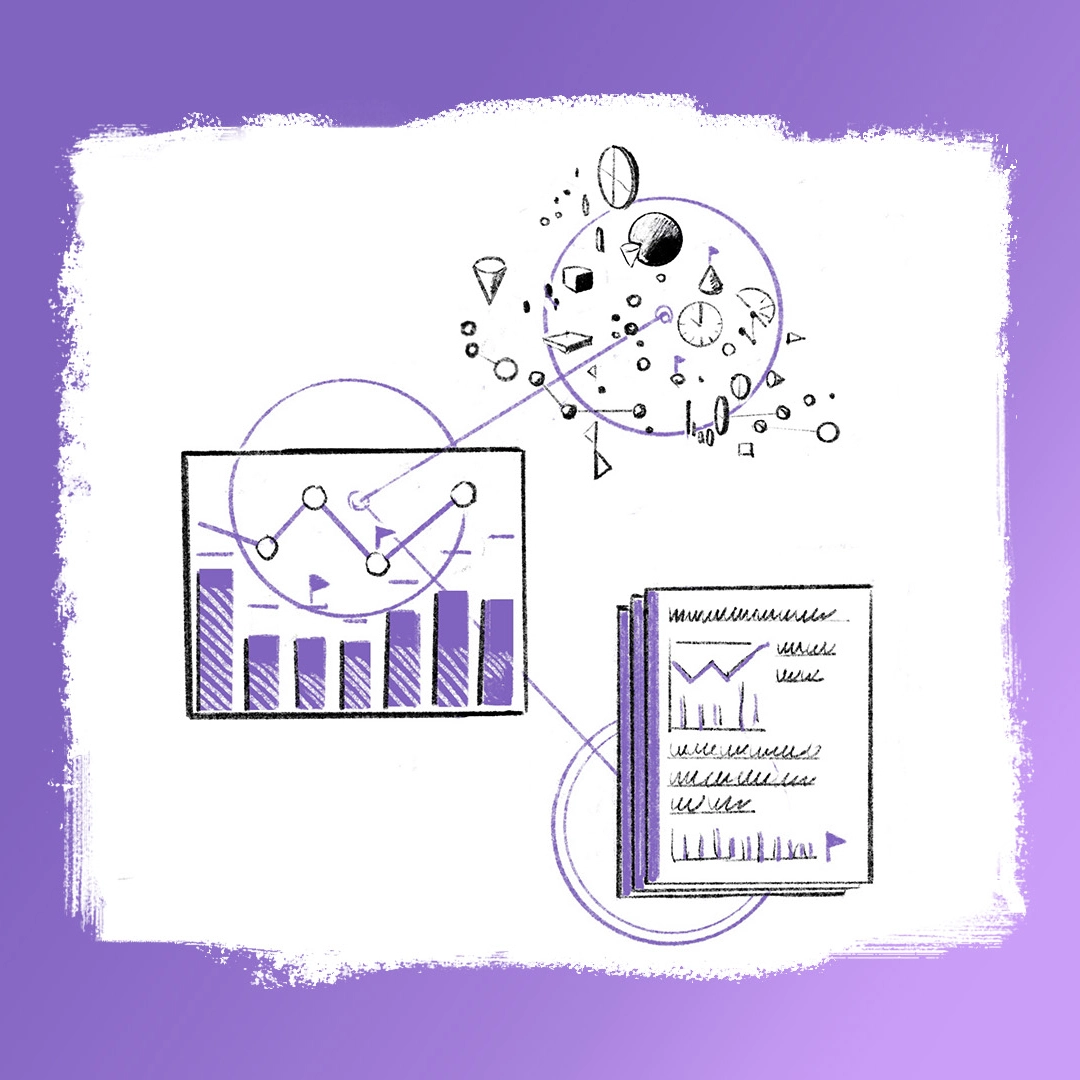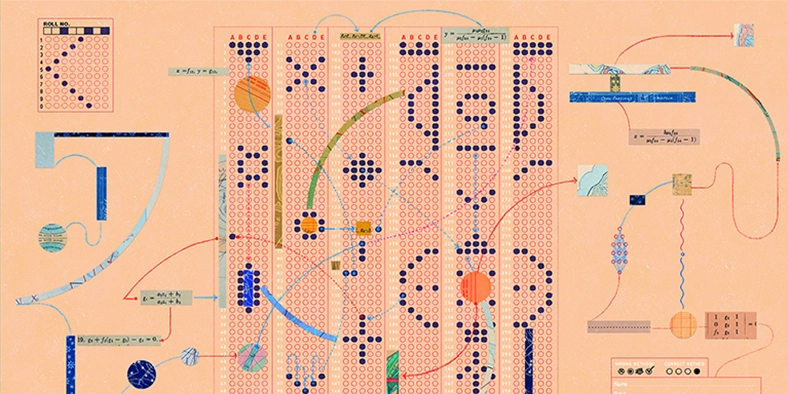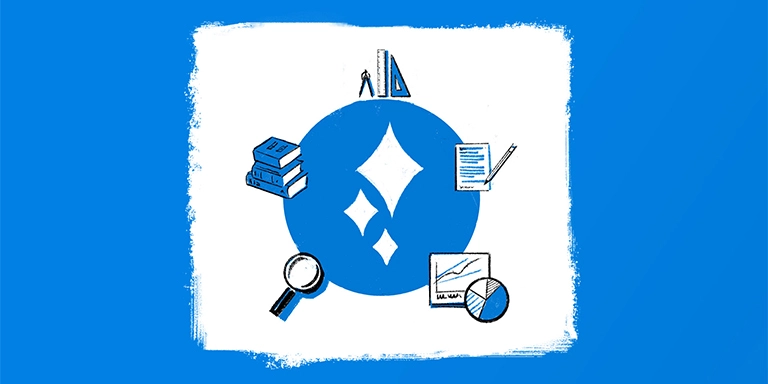AI agents are already becoming powerful partners in knowledge work. Now, as more companies adopt them, they’re poised to reshape work dynamics. In this new reality, leaders will for the first time be able to add intelligence—once a scarce and costly resource—to their organization without increasing headcount. Soon, all businesses will operate with collaborative teams of humans and agents.
This evolution will require every leader to redefine how they think about their teams. Agents will be a true force multiplier—everyone from interns to the C-suite will become an “agent boss” who oversees their own constellation of agents that power business processes. One new imperative will be to find the optimal ratio of humans to agents for whatever task or project your teams are working on.
The upshot: where you once defaulted to relying on human intelligence you can strategically consider whether an agent should handle the task—unlocking scale like never before.
AI-enhanced teams outperform traditional ones
In March, a remarkable field study by Harvard and the University of Pennsylvania’s Wharton School showed how AI can boost performance for individuals and teams. Chronicled in a paper titled “The Cybernetic Teammate,” the experiment involved nearly 800 employees at P&G, the global consumer goods company. The employees were all asked to work on product innovation challenges, but some of them were given AI and others were not.
The study showed that individuals with AI performed as well as teams without it. Teams that used AI were significantly more likely to produce top-tier ideas than any other group. The same study showed how AI breaks down silos: Without AI, R&D professionals suggested more technical solutions, while commercial professionals also leaned into their own expertise. AI users produced balanced solutions regardless of their backgrounds.
These benefits address a critical reality. In times of economic uncertainty, leaders face pressure to drive growth with the current, or a reduced, headcount. Adding agents to the team will allow employees to hand off some of their routine work, relieving some of the pressure and enabling them to focus on higher-value tasks.
What human-agent collaboration looks like
Bringing agents into the mix promises a new dynamic for how individuals operate, with ripple effects for teams. Say you catch wind that a major client is thinking about leaving. You can tap an agent to wade into the data and quickly analyze what might be driving their decision, rather than pulling your human colleagues off whatever they’re working on to investigate.
Agents can research for you, provide expertise you don’t have, or code for you. In the firm of the future, every employee (and every team) will manage a pool of them, with the exact number varying depending on their goals and preferences. I’m starting to see this pattern emerge on my team. Alex Farach, a data scientist and researcher, is deep into a big project, and he’s using three agents to assist him. One agent goes online every day and scoops up relevant new research, another assists with statistical analysis, and a third drafts rich briefs that help him connect the dots.
The trio of personalized agents help Alex get up to speed more quickly on the latest research and spend less time on coding related to data analysis. And it’s not just Alex who becomes more effective: this human-agent collaboration produces insights and outputs that benefit my team more broadly.
Managing a new team dynamic
It’s early days, and most employees aren’t proactively building agent teams to assist them. Managers can’t count on individual employees to make this shift on their own. You need to be intentional—and strategic—about adding digital labor to your teams. Focus on areas where agents can have immediate and substantial impact on your business, build those agents, and deploy them to your people, along with the training they need to work with agents and new workflows. And, importantly, share the results so employees across the organization can learn.
Down the line, you’ll need to start considering a new metric: the human-agent ratio. What’s the ideal balance for unlocking productivity? We expect the ratio to vary by task, process, and industry, but in each context it will be critical to find the right blend of digital labor and human judgment. Get it wrong, and you might miss out on the full value of AI or add AI overwhelm to your employees’ work challenges. Hit the sweet spot, and you unlock the kind of performance demonstrated in the P&G study.
The big picture: organizational impact
If you’re a new company starting from scratch, you have the advantage of designing your processes around human-agent teams from the ground up. Established companies, meanwhile, face the challenge of reinventing—instead of just retrofitting—entire processes to take advantage of what AI offers. And employees will need upskilling to make the most of their partnership with agents.
You’ll also need to redefine roles and responsibilities. You might need new roles for overseeing agentic resources: tracking performance, leading deployment, and monitoring the human-agent balance. In a very dynamic labor market, employees and leaders who emerge as effective “agent bosses” will likely get a leg up.
Many leaders tell me they’re being asked to do more with less. In a difficult economic context, agents can relieve some of the pressure on humans. By bringing agents on board you can simultaneously support your employees and create an infinitely scalable, adaptable organization—and start building the firm of the future.
For more insights on AI and the future of work, subscribe to this newsletter.



